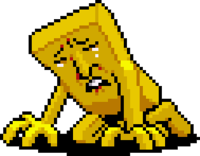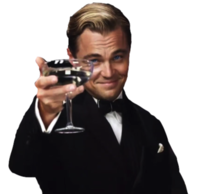Finished Prison School and honestly not that bad of an ending, was expecting worse because everyone i saw comments about it were about the awful ending but it was ok, overall i give it an 7.5 almost 8 cause i really did enjoy reading this series
 Tranquility
Tranquilityyutapon drew todays onimai endcard bahahah
another action animator comes home
link?
Koike write up is taking very long, will have it done by tonight 🥹👍
I’m sure my Kanada write up next month will be double the length…maybe triple
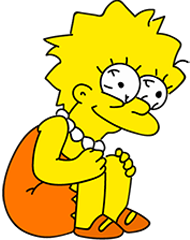
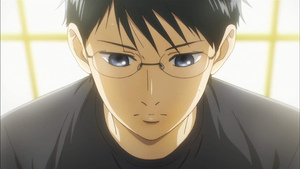 orangejuice2
orangejuice2also finished shadow house season 2 it was even better than season 1 very worth the watch tbh
i gotta start this, been meaning to but I’ve heard like no impressions about it
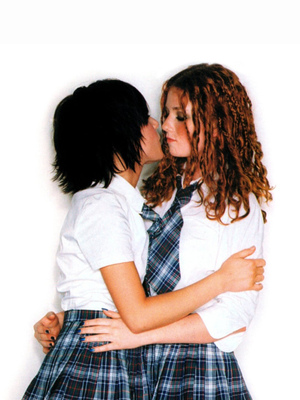 hayabusa 🌐Jan 27, 2023
hayabusa 🌐Jan 27, 2023


dandadan art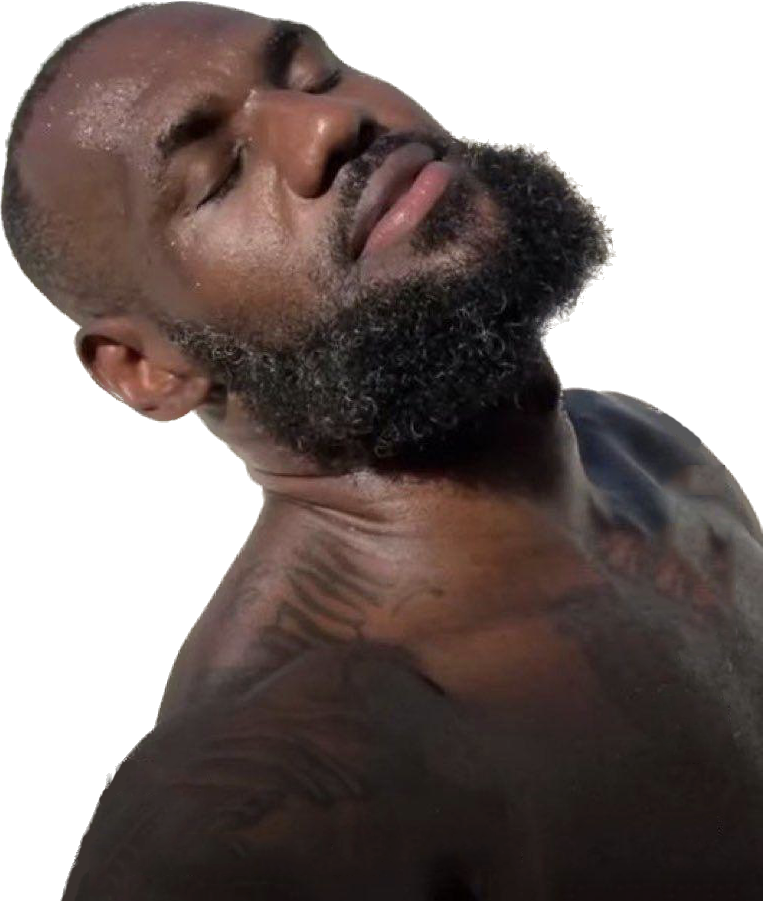
idk if the manga is bloodier than anime in Bleach but holy crap....Thousand Year Blood War feels like an entirely different anime. The tone change from the previous season to this one is f***ing DRASTIC. its like watching Attack on Titan episode 1 all over again.
all gifs in order
ninja scroll (1993)
aeon flux cd rom commercial (1996)
vampire hunter d: bloodlust (2000)
hajime no ippo (2000)
party 7 (2000)
trava: fist planet (2001 and 2002, marketed as film in 2003)
texhnolyze (2003)
animatrix: world record (2003)
kill bill (2003)
dead leaves (2004)
samurai champloo (2004)
redline (2009)
lupin the third: the woman named fujiko mine (2012)
lupin the third: jigen’s gravestone (2014)
the boy and the beast (2015)
lupin the third: goemon’s blood spray (2017)Happy Birthday Takeshi Koike, one of the most interesting animation directors in the industry. Koike’s character designs are as clear as day and has a style that is cool as one can be. While he is one of the best, his legacy is a bit rocky due to him being an untapped talent within the constantly moving doors of the once great studio Madhouse.
Takeshi Koike right out of high school would join studio Madhouse, under the guidance of director Yoshiaki Kawajiri. He developed a love for animation after watching Galaxy Express 999 as a kid, and took inspiration from people working on that film namely Yoshinori Kanada.
After getting on to Madhouse, Takeshi Koike would serve as a in between animator for a few years under Kawajiri and as an in house staff animator. Koike would work on Wicked City and Demon City Shinjuku. Following those works Koike would become a key animator and would get to work on titles like: Cyber City Oedo, Ninja Scroll, Shin Kujakuou, and Birdy The Mighty. Out of all of these titles Ninja Scroll and Shin Kujakuou were both very important. Ninja Scroll would be essential due to Koike showing off the full capability of his sakuga potential, and Shin due to Koike handling character designs and working with his idol Yoshinori Kanada.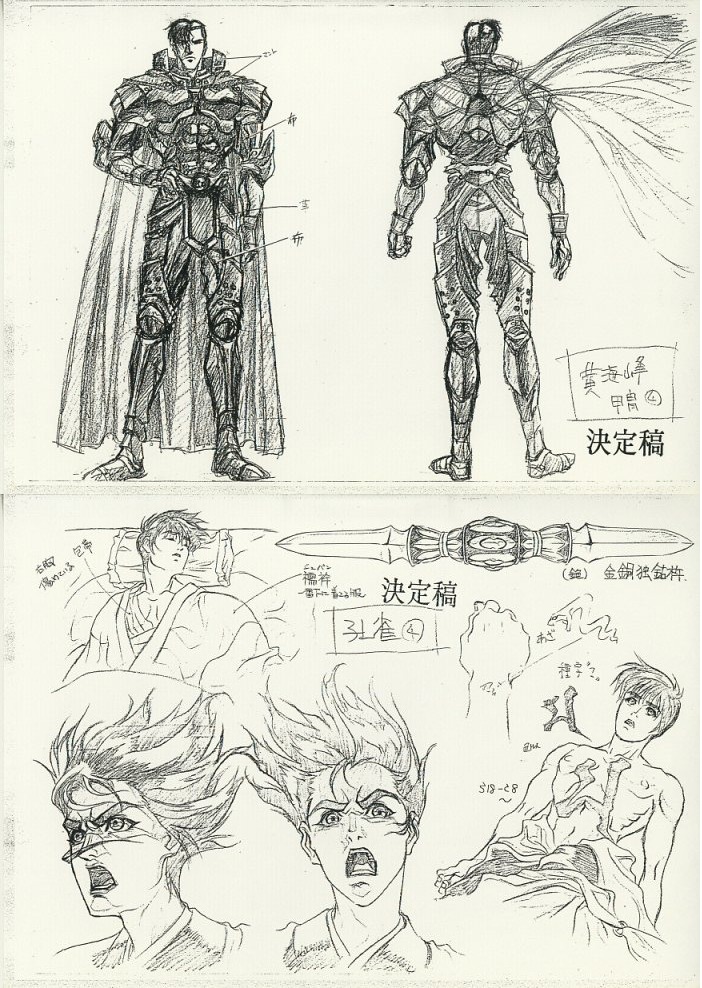
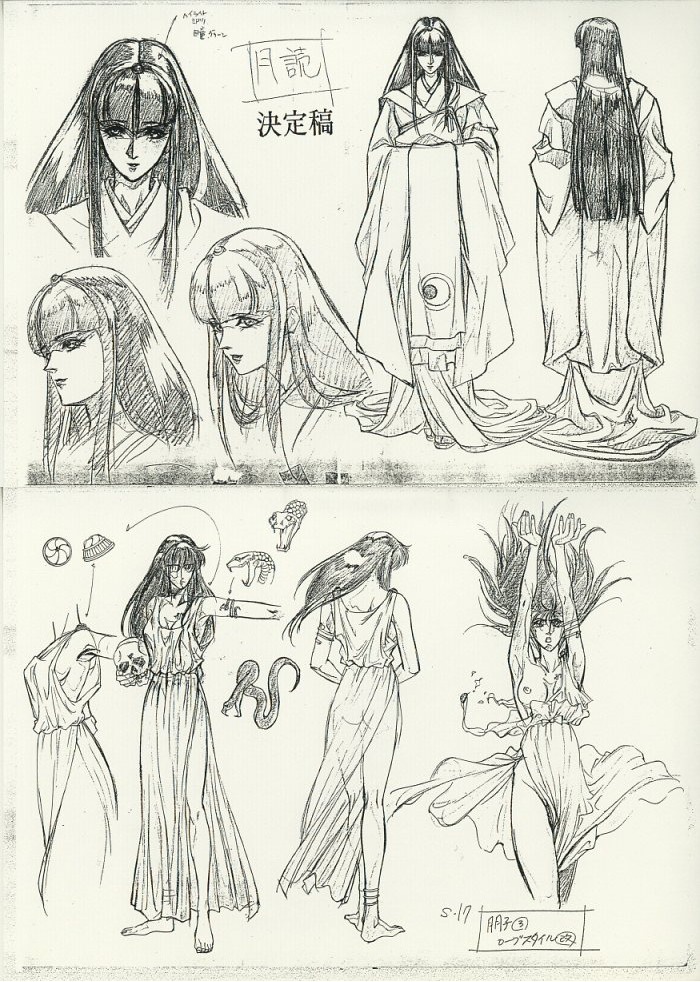
Koike’s other works during the 90s are somewhat unverified due to his style during this period not being as recognizable as it would be later on. Sure he could carry a scene that weren’t his designs, but his animation around the time wouldn’t highlight his strengths as a future auteur animator.During the mid 90s things would change for Takeshi Koike. Koike would show big improvements in his animation doing an impressive sequence for Katsuhiro Otomo’s Memories: Stink Bomb in 1995. While this isn’t a text book venture into debris animation the sheer linear movement and impacts of the scene really stands out and would get Koike into the mindset of characters in dangerous scenarios doing incredibly frantic wacky acting.
A more important venture would happen the following year doing key animation for an animated trailer for an unreleased Aeon Flux video game under the guidance of Peter Chung. Chung’s charcter designs are quite odd, but there is a uniqueness and slickness to his models that makes them work.
Chung’s designs would be a huge inspiration for Koike, and would inspire him for his first directorial animation debut…Party 7 and 3 shorts for an SMAP concert in 2000.For whatever reason 2000 would become the most busiest year for Takeshi Koike as an animator. Koike would would have cuts featured on several movies and anime including: Hidamari no Ki, Kazemakase Ran, Cardcaptor Sakura Movie, Hajime No Ippo, Blood The Last Vampire, and Vampire Hunter D: Bloodlust. While Vampire Hunter D would be an incredible venture with Kawajiri, Party 7 allowed Koike to bloom as a unique talent. Collaborating with producer and director Katsuhito Ishii, Koike would finally show off his “deformed” character designs and background animation. Elements of the the figures that stood out the most would be Koike’s intense level of shading, and drastic character framing shots.

The long and lanky shapes of the characters harken back to Peter Chung-esque designs, but where Chung’s models are very slim and bordering on alien Koike takes a more grounded approach smoothening out the angles and adding greater emphasis to the shading of his characters. Basically a looser look. Chung would work along side Koike in the short, animating the cool dance sequence.

Koike’s shading is blotches of black that really exaggerate certain parts of the body and in some instances particularly the face. These stylistic choices aren’t relegated just from Peter Chung. Koike is a big fan of American comic book artists like Frank Miller and Mike Mignola, and the dark shading in his animation gives the feel of moving graphic novels. This shading technique will also apply to backgrounds too.In movement, Koike’s figures will distort and deform a lot, to the point where it seems to be almost incomprehensible. Takeshi Koike makes sure not to have these characters distort too much, because in his words “if the designs get too exaggerated the animation itself breaks down”. The photography and timing in Party 7 also set a precedent for Koike’s future works. Koike would master warping a subject in frame while leaving everything else unmolested by the resulting effects sometimes giving the feel similar to that of a fish eye lens or dolly zoom effects used in Hollywood. Koike also isn’t a stranger to slow motion. Slow motion would become a huge part of his composition in 7 using various shots in full 24 fps expensive slow motion all animated on 1s. One of the most noticeable aspects in the style too is how Koike utilizes low angle shots too dramatically shift perspective, using backgrounds to focus out on a certain subject.
